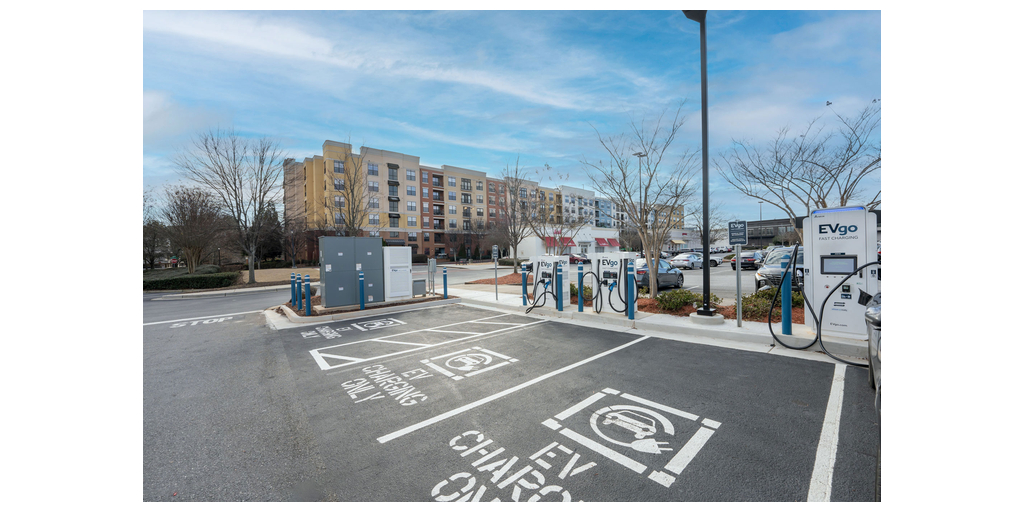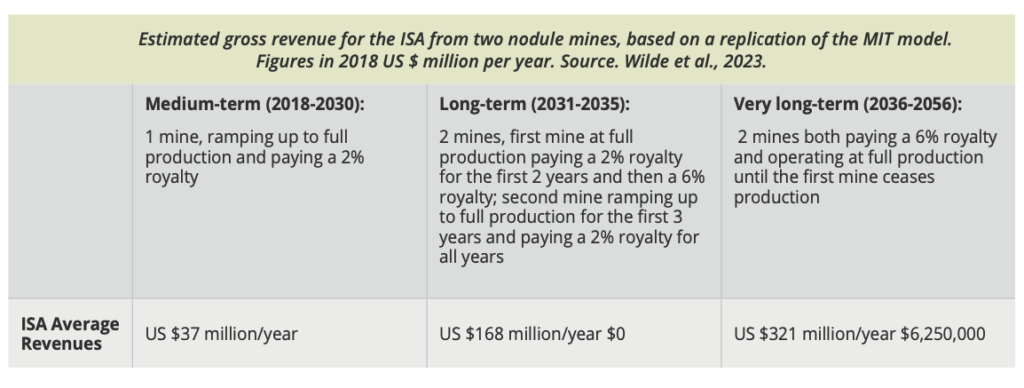Sign up for daily news updates from CleanTechnica on email. Or follow us on Google News!
The lithium supply chain has been giving nightmares to automotive stakeholders, who are scrambling to get their hands on enough of the soft, silvery metal to keep the EV battery assembly lines rolling along. Meanwhile, they are facing competition from other stakeholders that need lithium for their stationary battery arrays. Help is on the way, though. New forms of lithium-free energy storage systems have emerged to help free up supplies for electric cars, aircraft, and other mobile applications.
Long Duration Energy Storage: On Beyond Hydropower
Lithium-ion batteries are still the go-to technology for stationary energy storage, but they can only go so far. The typical Li-ion array provides for about 4-6 hours of electricity, depending on who’s talking. That is sufficient to cover many grid tasks under the current energy mix in the US, but energy planners are depending on long duration systems of 10 hours and up to handle a grid saturated with wind and solar power.
Hydropower dams and pumped hydro storage facilities still dominate the storage landscape, accounting for 95% of capacity in the US. However, the scope of hydropower is limited by geography, water availability, and nature conservation priorities. The grid of the future requires new long duration systems that can be applied broadly across the land (see lots more CleanTechnica long duration coverage here).
Storage researchers have come up with a startling array of new long duration energy storage systems. Some of the activity focuses on systems that rely on the power of gravity. The basic principle is similar to that of pumped hydro storage. Gravity systems substitute large, heavy objects instead for water, so they can cover more locations.
10x Cheaper Than Lithium-Ion Batteries
Concentrating solar power and flow batteries are also in the mix, but we haven’t seen one that deploys tin yet. That’s why the the US startup Fourth Power caught our eye.
On Tuesday, Fourth Power let slip word that it raised $19 million in Series A funding to help bring its new long duration energy storage system to market, beginning with a 1 megawatt-hour prototype to be located near Boston.
The funding will also help underwrite additional testing and expansion of the company’s engineering team, towards the goal of providing long duration energy storage at a fraction of the cost of lithium-ion battery arrays.
“By using readily available and less expensive materials, the overall system cost is lower, enabling energy storage that is ten times cheaper than lithium-ion batteries,” Fourth Wall stated in a press release on December 12.
Whoa if true. That seems a little overly ambitious, but it also seems that the pieces are in place to drive costs down. The Fourth Power system deploys hot liquid tin and carbon blocks, which are relatively inexpensive and readily available as well as non-toxic and non-flammable.
The hot tin is applied to carbon blocks until they reach a white-hot temperature. Light from the blocks is then bounced onto thermophotovoltaic cells, which are designed to convert solar energy from heat into electricity.
If that sounds more complicated and costly than simply hooking up to a solar panel, it is. However, solar cells don’t store energy. The Fourth Power system accomplishes the key aim of loading up on clean kilowatts from renewable resources during off-peak demand periods, when ample wind and/or solar power is available and electricity prices are lower, and pocketing them for use during peak demand periods.
“The solution is designed to maximize the value of renewable energy generation and offer grid operators control and flexibility at the lowest cost compared to other energy storage options,” Fourth Power explains.
Electricity producers can also use the system to store excess energy during periods when an oversupply causes grid operators to call for curtailments. Instead of cutting back, producers can store the excess and sell it later.
“The system is also modular and scalable by adding more carbon blocks to increase storage duration, allowing growth with the grid as renewable generation increases,” Fourth Power adds, noting that its system can handle long duration energy storage of 100 hours, and it can compete with lithium-ion battery arrays for the short-duration market of five hours or so, too.
Tin For Lithium-Free Energy Storage
This is probably the first time that tin has crossed the CleanTechnica radar in connection with energy storage, but Fourth Power points out that its tin based, lithium-free energy storage system is the result of 10 years of research with pedigrees from MIT and Georgia Tech. Bill Gates’s A-list venture capital firm Breakthrough Energy Ventures and the “deep tech” investor DCVC led the Series A funding round, along with Black Venture Capital Consortium.
As for why tin, MIT maintains a web page that describes the general workings of a tin-enabled grid scale energy storage system:
“Throughout the system, pumped liquid tin is used to transfer heat. Tin is an excellent heat transfer fluid owing to its low viscosity, high thermal diffusivity, and large range that it is a liquid (232°C – 2600°C). The heating element radiates heat to the heat transfer fluid which transfer the heat to a bank of graphite storage blocks.”
Thermophotovoltaic Cells For Long Duration Energy Storage
Thermophotovoltaic cells don’t need sunshine to generate electricity, just the infrared light emitted by hot objects. The technology is relatively new to the commercial market, but some people are beginning to pay attention.
On July 13, the firm Allied Market Research reported that “the global thermophotovoltaics market was valued at $120.3 million in 2022 and is projected to reach $400.2 million by 2032, registering a CAGR of 12.8% from 2023 to 2032.”
Allied cited “the upsurge in energy demand and advancements in TPV technology” as two of the leading drivers of growth in the thermophotovoltaics market.
They did caution that “limited market awareness and technical complexity” are inhibiting growth. Nevertheless, Allied assessed that emerging industrial applications could help drive growth in the future.
“TPVs offer the potential for lower costs, faster response times, compatibility with an extremely wide range of system sizes (from watts to gigawatts), and lower maintenance costs due to fewer moving parts,” agrees the Energy Department’s National Renewable Energy Laboratory.
To push the TVP envelope further, NREL is developing a tandem cell that combines a thermophotovoltaic cell with a photovoltaic cell. A reflective backing completes the picture, bouncing back 93% of unabsorbed light for another go-around.
The NREL team has already surpassed a 40% conversion goal by a fraction and they are aiming for 50%, so hold onto your long duration energy storage hats.
Follow me @tinamcasey on Bluesky, Threads, Post, and LinkedIn.
Image (screenshot): Molten tin and thermophotovoltaic technology drive a new long duration energy storage system developed by the US startup Fourth Power, courtesy of Fourth Power.
Have a tip for CleanTechnica? Want to advertise? Want to suggest a guest for our CleanTech Talk podcast? Contact us here.
Our Latest EVObsession Video
I don’t like paywalls. You don’t like paywalls. Who likes paywalls? Here at CleanTechnica, we implemented a limited paywall for a while, but it always felt wrong — and it was always tough to decide what we should put behind there. In theory, your most exclusive and best content goes behind a paywall. But then fewer people read it!! So, we’ve decided to completely nix paywalls here at CleanTechnica. But…
Thank you!
CleanTechnica uses affiliate links. See our policy here.




